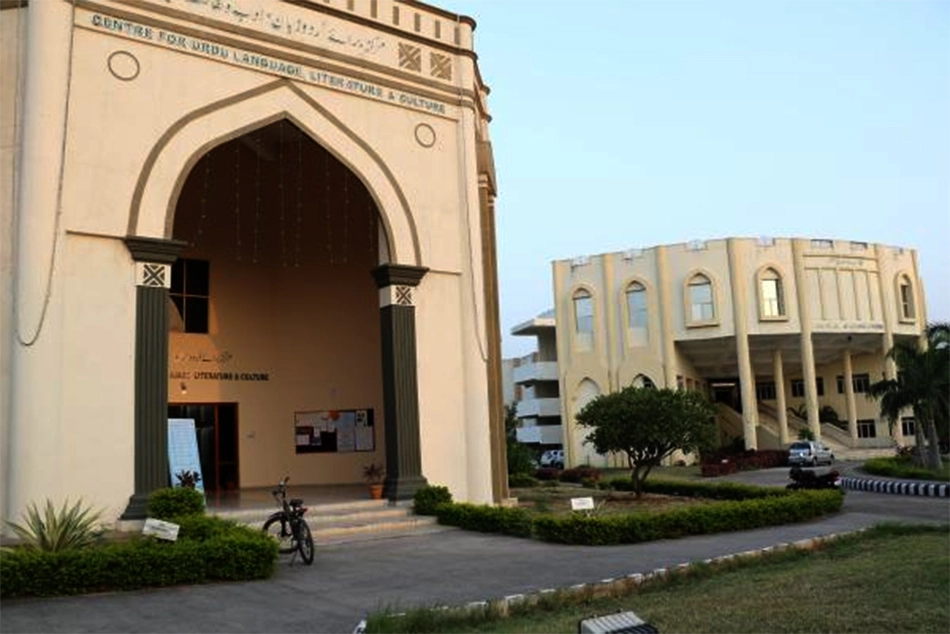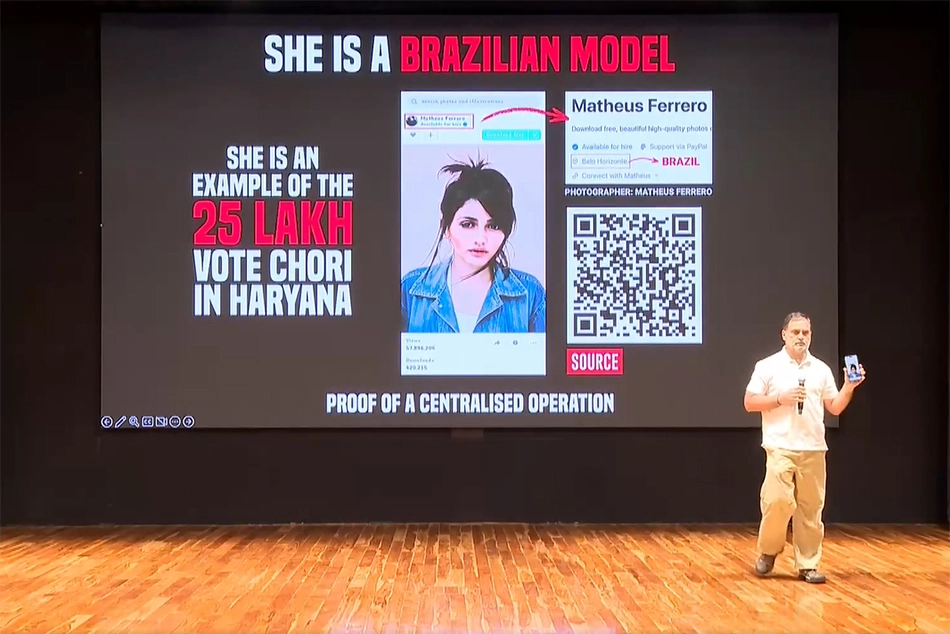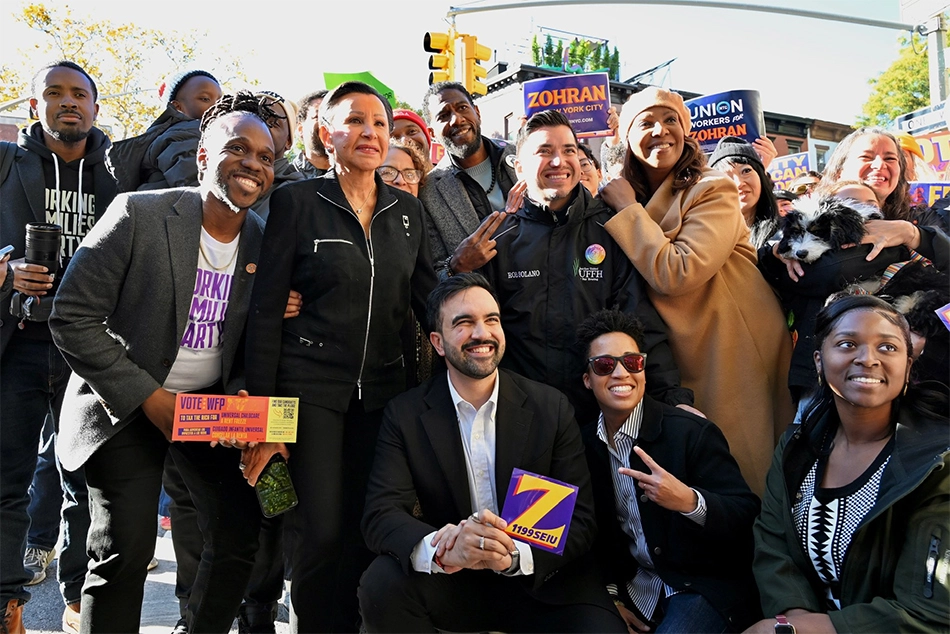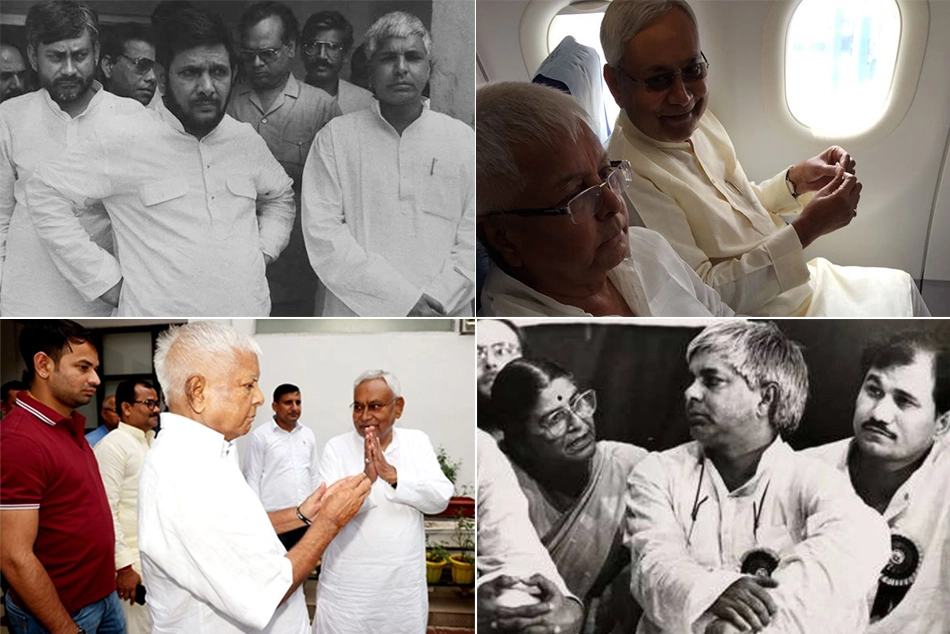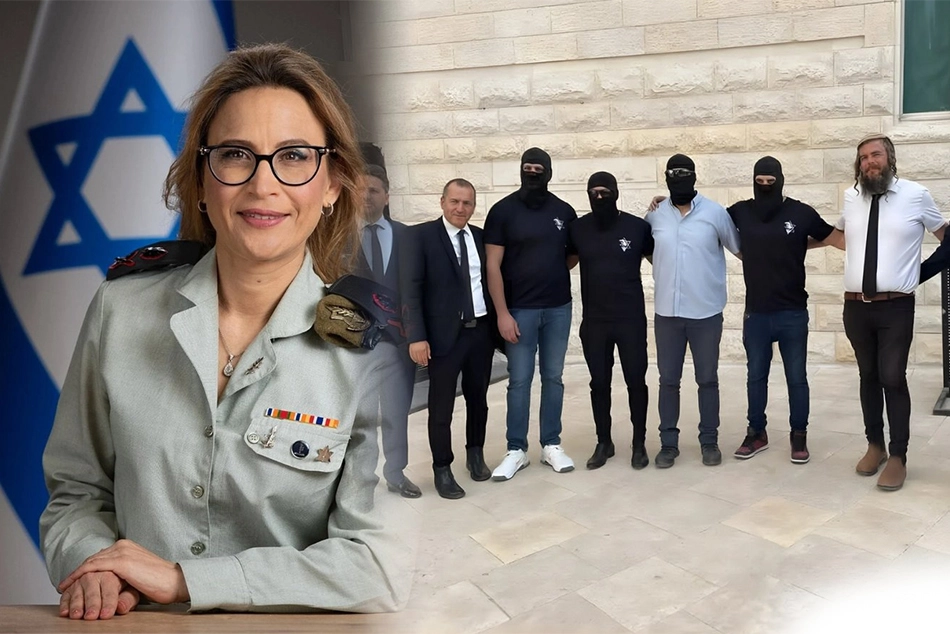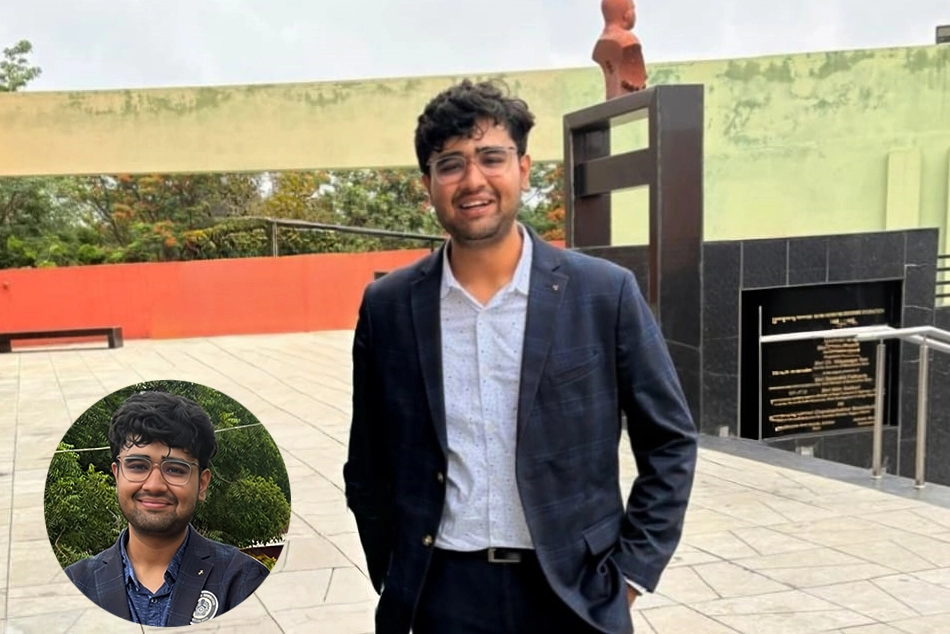
Tharoor, Advani Meeting Exposes The Rot in India’s Political Culture
When Shashi Tharoor met L.K. Advani, it was not civility across divides but a tableau of moral collapse, a Congress man seeking relevance, and a Hindutva architect whose Rath Yatra once set India ablaze

Communalism of the majority is far more dangerous than the communalism of the minority
-- Jawaharlal Nehru
When Shashi Tharoor met L.K. Advani, it was not civility across divides but a tableau of moral collapse, a Congress man seeking relevance, and a Hindutva architect whose Rath Yatra once set India ablaze.
When the two met, it is not a meeting of minds or moral equals. It is a spectacle that exposes the rot in India’s political culture. Two men, both polished and articulate, but each in his way symbolic of how public life has been stripped of conviction. Tharoor’s ideology is slippery; Advani’s was drenched in hatred.
Shashi Tharoor has always been a half-baked Congressman — clever with words but hollow in principle. His commitment to the Congress’s secular and egalitarian roots is faint at best. Behind the Oxford accent and literary polish lies a man itching for power, not transformation. His politics floats somewhere between convenience and careerism — a latent BJP admirer trapped in a Congress shell.
L.K. Advani, by contrast, knew exactly what he wanted — and it was deadly. He was the architect of the BJP-RSS’s communal consolidation. His infamous Rath Yatra in 1990 was not a religious procession, but a carefully engineered hate machine. Draped in saffron rhetoric, it was designed to mobilise Hindu sentiment, ignite fear and resentment, and carve political capital out of division.
That yatra rolled through India like a political bulldozer, crushing harmony under its wheels. It turned temples and mosques into fault lines. The sight of Advani’s Toyota “rath,” decked with symbols of Hindu pride, electrified mobs and radicalised the streets. The slogans that followed — “Mandir wahin banayenge!” — became war cries. The campaign linked religious identity with political allegiance, making citizenship itself conditional on faith.
The violence it unleashed was catastrophic. By the time the Rath Yatra reached Ayodhya, thousands were dead or displaced in riots across several states. The poison spread far beyond Uttar Pradesh; it infected the national psyche. The slogan of “Ram Rajya” was no longer a metaphor — it was a manifesto for majoritarian dominance.
Then came 6 December 1992 — the day the Babri Masjid was torn down. The world watched as kar sevaks, emboldened by years of communal propaganda, reduced a centuries-old mosque to rubble. It was not a spontaneous act of anger. It was the culmination of Advani’s political engineering — years of sowing hate, rallying mobs, and normalising violence in the name of faith. The Babri demolition was his monument. Every brick that fell that day carried the imprint of his politics.
And yet, we are told he is a “moderate.” What a farce. There is nothing moderate about tearing the soul of a nation apart. There is nothing moderate about masterminding a movement that murdered secularism and fractured India’s moral fabric. Advani’s Rath Yatra was the blueprint for the India we see today — polarised, intolerant, and drenched in religious hyper-nationalism.
As Information and Broadcasting Minister, Advani deepened this machinery of manipulation. He turned Doordarshan from a public broadcaster into a propaganda arm, amplifying the Hindutva message and silencing dissent. Bureaucratic institutions were crowded with ideological loyalists; diplomatic and administrative appointments were filtered through a saffron lens. Alongside his political superior, Atal Bihari Vajpayee, Advani ensured that every key post — from embassies to state media — leaned towards the BJP’s communal worldview. The bureaucracy, once built on secular professionalism, was re-engineered to serve political ideology.
Then came Narendra Modi, his protégé who grew into his nemesis. Modi, ambitious and merciless, showed Advani his place — outside the corridors of power. The man who built the BJP’s war machine was cast aside, too dangerous to trust, too outdated to obey. Advani was made to watch from the sidelines as Modi perfected the model he had pioneered — one that fused propaganda, communalism, and personal cult into a single engine of control.
Enter Tharoor. A man of words without anchor. He drifts through the Congress like a guest at a party that no longer interests him. He rarely celebrates the party’s founding days, avoids invoking Nehruvian values, and speaks of secularism as if it were an optional posture rather than a moral creed. His public persona — urbane, witty, and measured — conceals an opportunist who longs for power. He would serve under anyone who offers him a chair at the high table.
So, when Tharoor visits Advani, it is not an act of magnanimity but a performance — a photo opportunity masquerading as civility. The media calls it a gesture of respect “across political lines.” But there can be no moral equivalence between a man who architected communal violence and another who claims to represent secular liberalism. Respect becomes hollow when it forgets responsibility.
This meeting is emblematic of India’s centrist drift toward soft Hindutva. Many within the Congress now echo BJP narratives – about temples, “Hindu hurt,” and “national pride.” They have become hesitant to speak firmly about secularism, fearful of losing the “majority vote.” The Congress once stood for a moral idea of India — plural, democratic, fearless in its defence of minorities. Today it speaks in whispers.
Tharoor personifies this decline – articulate enough to sound progressive, cautious enough to remain palatable to the establishment. His handshake with Advani was not reconciliation. It was surrender — a quiet nod to the BJP’s ideological dominance.
Advani’s Rath Yatra set India on a perilous path; Tharoor’s gesture confirms how few remain willing to challenge it. Together, they symbolise the twin failures of our age — the brutality of the Right and the cowardice of the Centre.
The Tharoor-Advani meeting was not about friendship. It was the tragic theatre of Indian politics — a scene where conviction is absent, conscience is traded for civility, and performance replaces principle.
A meeting like this does not heal the nation’s wounds. It merely tells us that those who caused them – and those who failed to stop them — now find comfort in each other’s company.
In the end, the show they put up was as hollow as the worst of Bollywood – choreographed, false, and stripped of soul.
India deserves better actors in its democracy — ones who perform not for applause, but for justice.
[The writer, Ranjan Solomon, is a political commentator.]
Follow ummid.com WhatsApp Channel for all the latest updates.
Select Language to Translate in Urdu, Hindi, Marathi or Arabic

